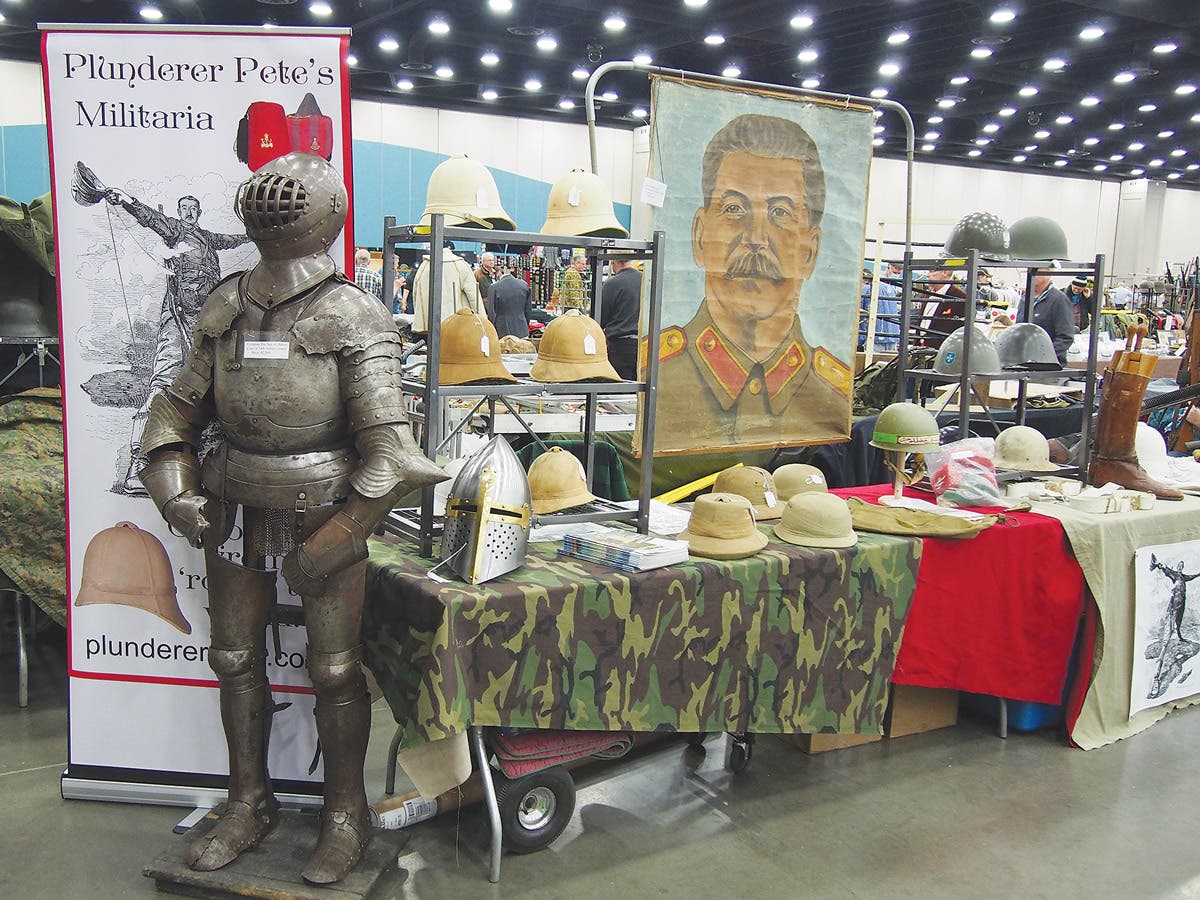Hitting the Slopes in Germany
Digging deeper into Third Reich Ski Competition Badges
To say Germans “love skiing” is an understatement. Germany has more active skiers than any other country in Europe, with a current figure of over 14.6 million Germans partaking in the sport each year. Every weekend from fall to spring, German television stations broadcast live European ski competitions to millions of households so Germans can follow their favorite type of ski competition and athlete. Skiing is big in Deutschland!
SKIING WAS PART OF THE “MASTER PLAN”
German Ski Competition Badges presented during the Third Reich era (1933-1945) are as collectible as any other type of German WWII artifacts. I have enjoyed collecting them for years and have several in my current collection. For the purpose of this article, I will cover some basic history and background information related to German Third Reich Ski Competition Badges that I found helpful in understanding what types of German ski badges there are to collect.
In January 1933, after Adolf Hitler and his Nationalsozialistische Deutsche Arbeiterpartei (NSDAP or Nazi Party) came to power, the desire to nationalize all aspects of German society began in earnest.
To begin with, Hitler nationalized sports clubs and all German outdoor activities. Der Nationalsozialistische Reichsbund für Leibesübungen (the National Socialist League of the Reich for Physical Exercise / NSRL) was the overall German agency for physical education in Nazi Germany. Formed on July 27, 1934, the NSRL functioned until it was disbanded on May 31, 1945, after the war.
The NSRL assisted Hitler’s vision of the “master race” by the organizing and promoting of physical activities for all citizens to prepare themselves to become a “warrior” for the German nation. Winter sports were an important component of overall physical fitness. Therefore, the Third Reich — through the NSRL — placed great emphasis on establishing and hosting winter ski events.
Simultaneously, the Deutscher Reichsbund für Leibesübungen (German Reich Association for Physical Exercise / DRL) was established on July 27, 1934, as the official sports governing body of the Third Reich. After its foundation, the DRL gradually subsumed all German sports associations under its authority and governance with the goal of “improving the morale and productivity of all German workers” and making German sporting activities a source of national pride for all citizens.
Various other Nazi organizations like the SA (Sturmabteilung), SS (Schutzstaffel), NSKK (Nationalsozialistisches Kraftfahrkorps), BDM (Bund Deutscher Mädel), and HJ (Hitlerjugend) were aggressively involved in the promotion of many types of winter sporting activities. They all strove to promote Hitler’s concept of “Aryan physical superiority” by developing healthy minds and bodies for all its members.
Winter sporting events — like ski competitions — were an important part of what the German DRL organized and promoted. The DRL organized and hosted the 1936 Winter Games (Olympics) in Garmisch-Partenkirchen, Bavaria. From February 6-16, 1936, 28 different nations participated in the winter sports competitions.
It was at the 1936 Winter Olympic that alpine skiing made its first international appearance as a combined event that totaled an individual skier’s slalom and downhill results for an overall score. Though Norway came in first in the medal count, Germany ranked second overall, winning three gold and three silver medals — a major source of national pride for Nazi Germany! From that point, alpine ski competitions became extremely popular throughout Germany — a sport thousands enjoy to this day.
COLLECTING SKI BADGES
To begin collecting German Third Reich Ski Competition Badges, you need to understand the following basic information:
*Third Reich Ski Competition Badges were designed to reflect and represent each type of sporting event.
*They were presented to each participant at the end of the competition.
*The badges were usually constructed of a silver-plated, bronze metal and had vibrant enamel colors of either an alpine downhill skier or ski jumper on the front.
*Usually the ski competition dates, location, and organizations involved were also displayed on the front of the badge.
*On the back of each badge, there is either a vertical or horizontal pin soldered onto the badge.
*Early on, most badges were maker marked near the pin.
*Later badges were more cheaply made with much less color and detail and were not maker marked.
Today, German Third Reich Ski Competition Badges are not hard to obtain at militaria shows, through online militaria dealers, and online auction sites like eBay or HAB online. Depending on the overall condition, badge composition, back pin functionality, and whether maker marked or not, the pricing varies. However, collecting these types of badges remains very reasonable compared to other types of Third Reich insignia.
The average collector can spend years collecting all the different variations and types of Ski Competition Badges without breaking the budget. They are handsome badges that display nicely within any Third Reich collection.
*As an Amazon Associate, Military Trader / Military Vehicles earns from qualifying purchases.








